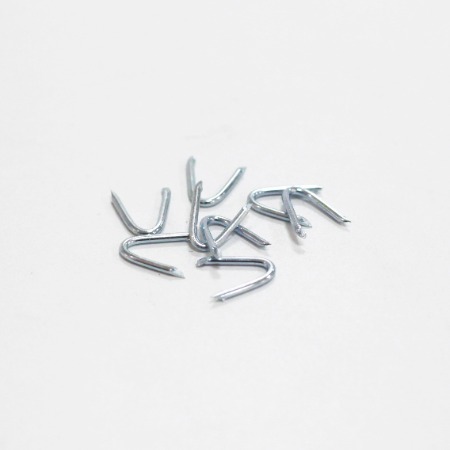Stainless steel fasteners are made from an iron and carbon alloy that contains at least 10% chromium. Chromium creates a passive oxide layer that prevents corrosive substances from attacking the metal’s iron base.Stainless steel fasteners are also highly resistant to acids and alkaline solutions. They can last for years in humid and salty environments.Stainless steel fasteners are well known for their resistance to corrosion. This is due to their alloy composition which includes chromium and nickel. Grade 304 fasteners, for example, are resistant to ordinary rusting and can resist most oxidizing acids as well. This makes them a good choice for most applications and environments that are exposed to water and moisture.However, the corrosion resistance of stainless steel fasteners depends on the maintenance and cleaning schedules that are employed for them. A rough finish can trap dust particles and damage the chromium oxide layer that protects the metal from rusting.

This can cause the rusty appearance that is often associated with rusty steel, but it can also reduce the overall strength of the bolt. Electro-polishing or passivating, forms of acid treatment, improves corrosion resistance by thickening the naturally occurring chromium oxide layer. This is done on all fasteners supplied and can be further improved with a sandblast or etching process.Stainless steel fasteners are stronger than their carbon steel counterparts, but they can be compromised by scratching or impact during installation or use. The strength of a stainless steel fastener is also dependent on the alloy composition, grade and manufacturing method.The most common grades of stainless steel used for fasteners are 304 and 316, both austenitic stainless steels. These grades are similar and have a high chromium content, meaning they can resist corrosion well. However, 316 is a better choice for corrosive environments, as it can be resistant to pitting, crevice corrosion and other types of corrosion in salt water or chloride applications.
Other differences between these two grades include the nickel content, tensile strength, and chemical resistance. 304 stainless steel has 18% chromium and 8% nickel, while 316 has higher levels of chromium and molybdenum (up to 2%). Molybdenum gives it better resistance to chlorides which can cause pitting. Both can be hardened by cold working or through precipitation hardening.The alloyed chromium in stainless steel fasteners reacts with oxygen to form an inert layer of chromium oxide that protects the metal from corrosion and rust. This unique chemistry is what makes the alloy so durable, even in harsh environments.The type of hardening and coating (aka plating) also affects the strength of the fastener as well as its ability to resist corrosion. It is important to choose the right material for your specific application and to understand how the various treatment, hardening, and coating processes will impact the performance of the fastener.For example, if your application requires a high amount of moisture and corrosion resistance it may be beneficial to choose an austenitic grade like 304 or 316 rather than a martensitic alloy (like 410 or 416 which are magnetic) that does not have the same level of corrosion resistance. The surface finish of the stainless fastener is another factor that can effect the durability of the alloy, as a brushed or satin finish allows for entrapment of dusty particles that destroy the protective chromium oxide layer if not washed off regularly.
Sustainability
One of the main advantages to selecting stainless steel fasteners is their sustainability. They are a more environmentally friendly option than other alternatives such as carbon steel or iron because they do not require chemical or metal element mining. In addition, the surface of the fasteners has a high solar reflective index which reduces the amount of energy required to keep a building at a comfortable temperature.Most stainless steel fasteners are austenitic grades such as 304 and 316, which have a wide range of corrosion resistance. These grades are also compatible with most other steels used in construction.In addition, manufacturers of stainless steel fasteners use recycled metals in their production, which greatly reduces the impact of iron ore mining on the environment. Additionally, they are keen on keeping waste to a minimum so that any parts that are discarded are collected and reused rather than disposed of in landfills. This is why choosing a vendor that recycles is important to support the industry and to do your part in keeping the planet clean.

